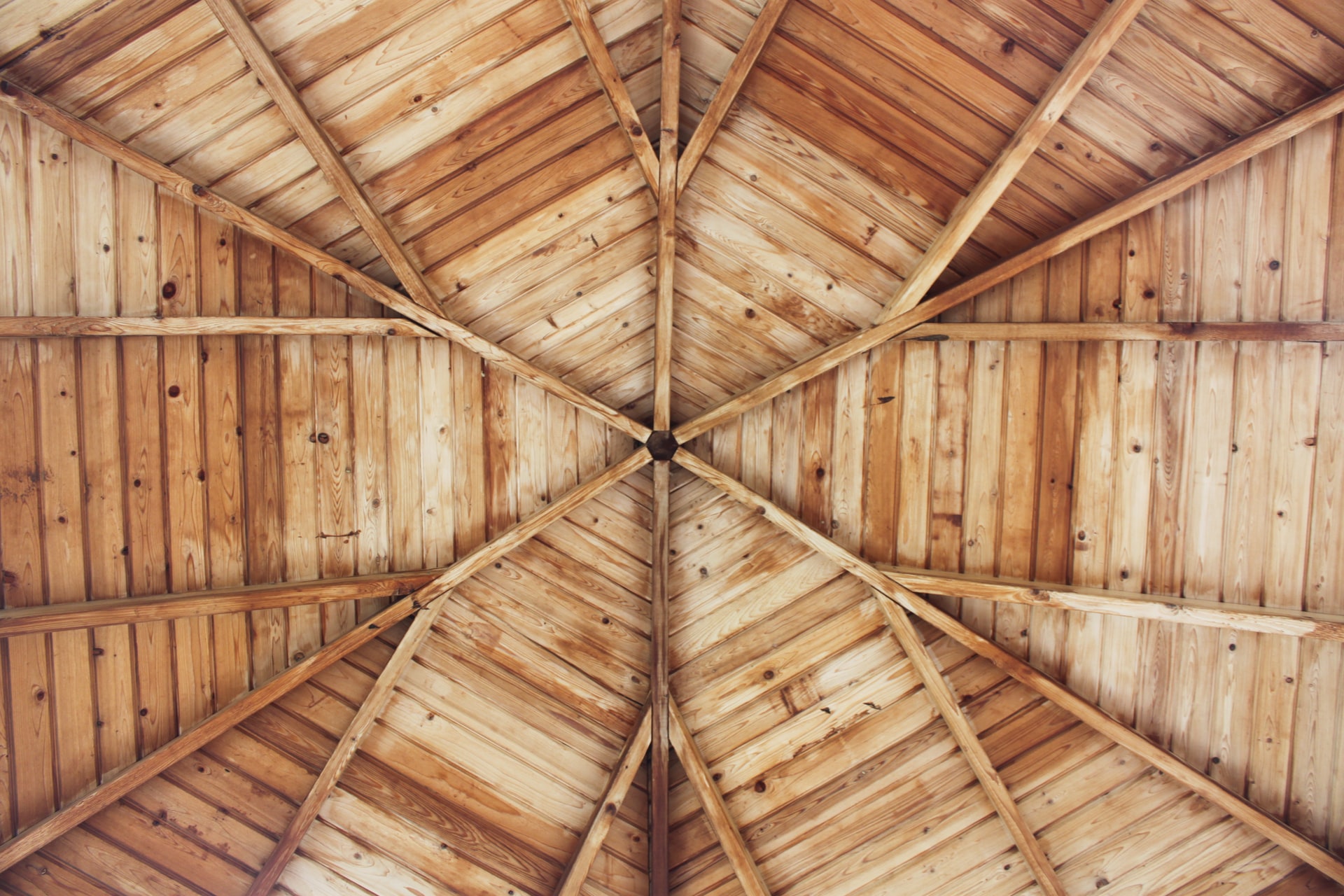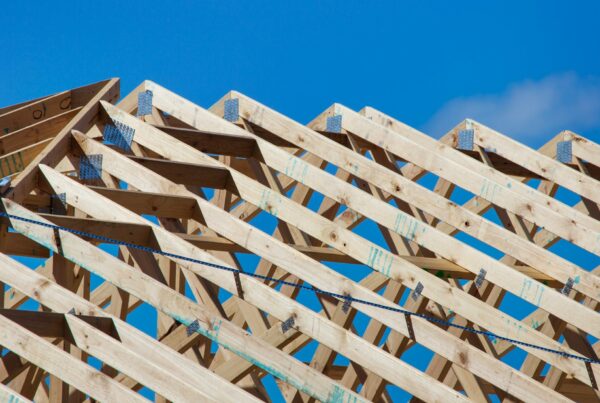After soaring to unprecedented heights this year, the price of lumber just posted its largest weekly loss on record. Builders had been stockpiling the material during the commodity’s run up, amid an anticipated boom in construction and homebuilding. Now, it appears the industry has enough wood to manage the housing market’s breakout demand.
Despite the dramatic decline, the lumber futures are still projected to remain elevated in comparison to pre-pandemic levels. Industry analysts and executives expect lower input costs to help homebuilders restart delayed projects as housing demand continues to rise.
Related ETF & Stocks: iShares Global Timber & Forestry ETF (WOOD), iShares U.S. Home Construction ETF (ITB), Weyerhaeuser Company (WY), PotlatchDeltic Corporation (PCH), CatchMark Timber Trust, Inc. (CTT)
Lumber Plummets as Home Prices Remain High
The cost of lumber skyrocketed through the first two quarters of 2021, but it now seems as if the bubble has finally burst. Lumber futures soared to an all-time high of $1,711.20 per thousand board feet in May, according to The Wall Street Journal. That’s a rise of over 400% from their COVID lows seen in 2020.
However, since that peak, lumber futures have been plummeting. Last Tuesday, futures for July delivery dropped to near $1,000 per thousand board feet, a decrease of roughly 41%. According to Bloomberg, lumber futures posted their largest weekly decline on record, as sawmills ramp up production and homebuyers began putting purchases on hold due to surge in costs.
Lumber futures fell further the following week, trading as low as $867 last Friday, nearly half of the all-time high seen in May. Still, that price tag remains slightly above the pre-pandemic high of $830 last August.
After COVID-19 shut down production for lumber producers, there was minimal supply to meet the unexpected rise in demand for home construction projects, and the eventual post-pandemic building boom. Both lumber producers and homebuilders began stockpiling the material, driving the price up. Now, it appears production has finally ramped up enough to bring the price back down to typical levels. The Wall Street Journal reported some builders even began selling lumber from their own stockpiles.
On April 26, MRP noted that lumber prices could be reaching their peak as supply shortages were easing and homebuyers neared a breaking point of what they’re willing to spend on a new home. In that report, we suspended our LONG Lumber theme, which we initiated on July 23, 2020, and tracked with a basket comprised of four timber & lumber REITs: Weyerhauser (WY), Rayonier (RYN), PotlatchDeltic Corp (PCH), and CatchMark Timber Trust (CTT). Over the life of that theme, the average return among that basket of REITs was +32%, outperforming the S&P 500’s return of +29% over the same period.
When the top was finally reached, pumped up lumber costs were pushing input costs the brink. A report from the National Association of Home Builders (NAHB), highlighted by the Atlanta Journal Constitution, stated that the elevated cost of lumber added $36,000 to the cost of a new home.
Further, a recent Redfin report found that the median sale price of a new home was $358,766, an increase of 24% YoY. Both of those figures are all-time highs, causing a record 54% of homes to sell above their listing price and driving some buyers to wait until sky-high prices came back to reasonable levels.
An NAHB report, highlighted by ABC News, found that…
To read the rest of this Market Insight, START A FREE TRIAL You’ll also gain access to: If you already have a subscription, sign in










